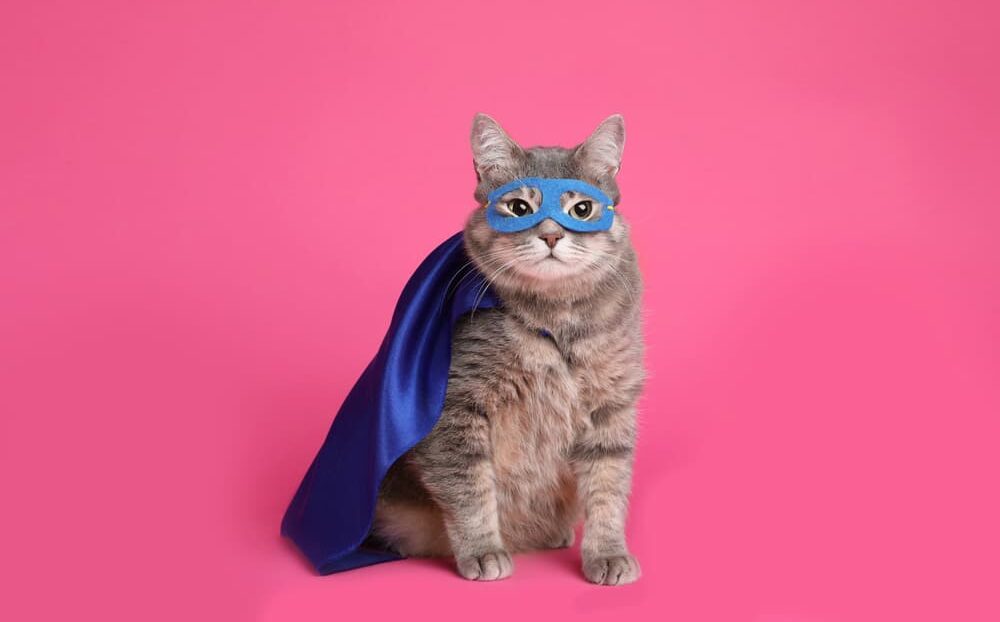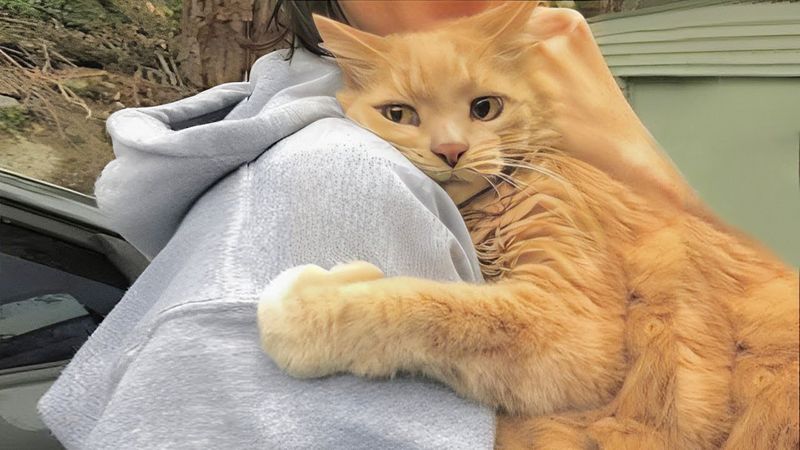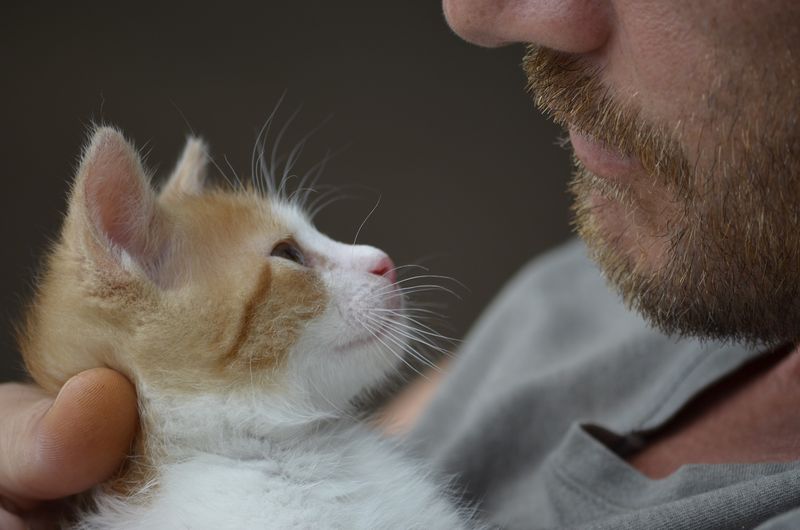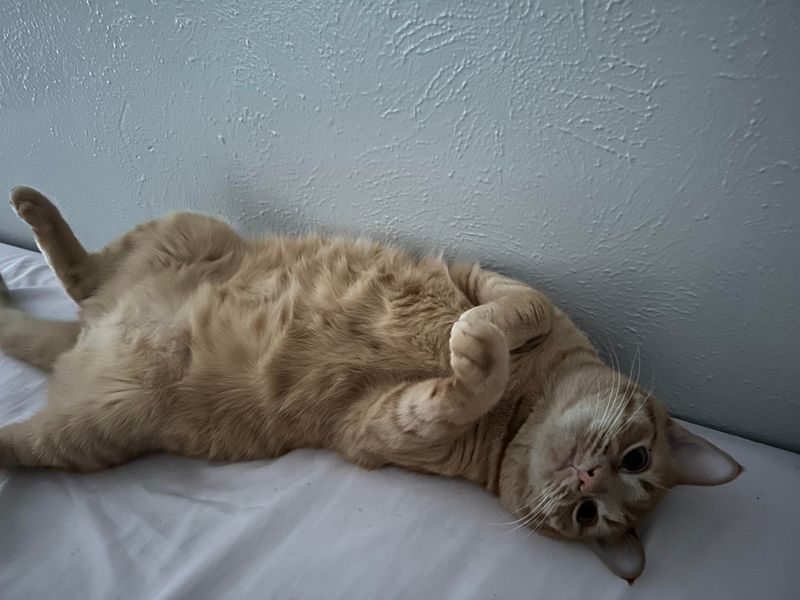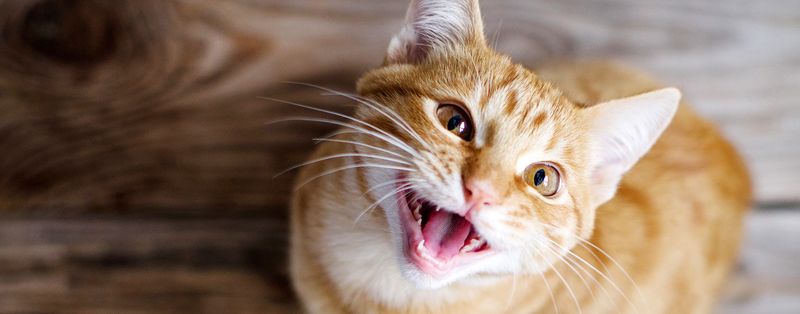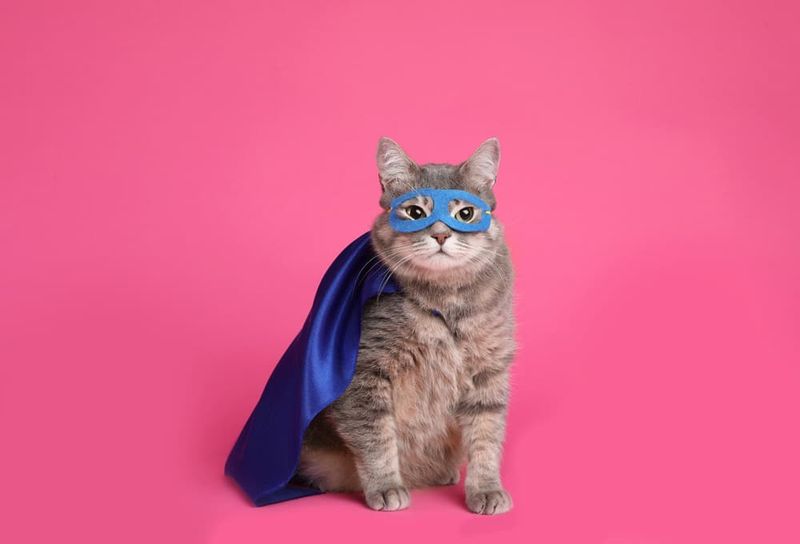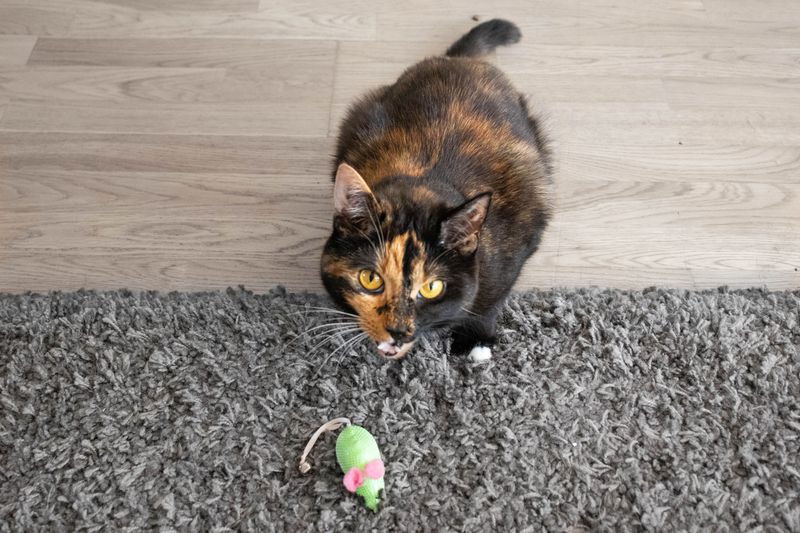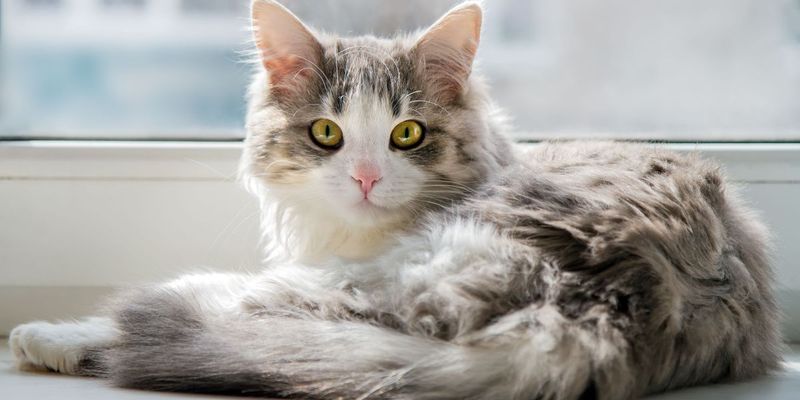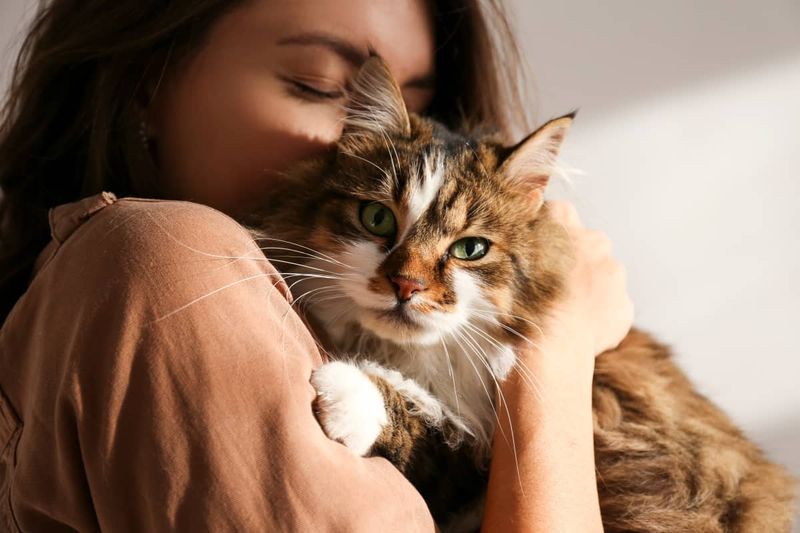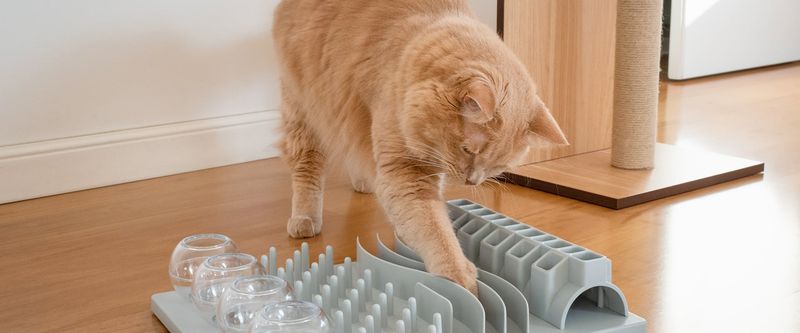📖 Table of Content:
When it comes to choosing a feline companion, many cat lovers wonder: are male or female cats more affectionate? It’s a fair question—and one that sparks endless debate among pet parents. Some swear by their clingy boy cats who can’t get enough cuddles, while others insist their independent female cats are just as loving in their own way. So who’s really the more affectionate furball?
The truth is, both male and female cats have their unique charms—and understanding those differences can deepen your bond no matter which one’s curled up on your couch. While male cats often wear their hearts on their furry sleeves with obvious displays of affection, female cats tend to be a little more subtle, balancing love with independence, smarts, and grace.
In this article, we’ll break it down with 5 ways male cats tend to be more affectionate, and 5 things female cats just do better. Whether you’re already a cat parent or thinking about bringing a new kitty home, these insights might just help you appreciate your feline friend a little more—or see them in a whole new light.
1. More Likely to Seek Out Cuddles
Male cats often lean into snuggles with a surprising consistency. You’ll notice them curling up beside you the moment you sit down, as if they’ve been waiting for that exact spot to open up. Unlike some aloof feline stereotypes, many males thrive on close contact and warmth. It’s not unusual for them to initiate cuddling sessions without any prompting. While individual personality always matters, the trend among neutered males is toward physical closeness. These cats use their body language—leaning in, pressing against you—to build connection. In many households, the male cat is affectionately known as the “cuddle bug” for good reason.
2. Velcro Cat Tendencies
Following their human from room to room, male cats can behave like tiny, furry shadows. They seem to enjoy being involved in everything you do, whether you’re folding laundry or brushing your teeth. Their loyalty and curiosity combine into a constant desire to stay near you. Even closed doors can be a point of protest, as they may wait patiently (or loudly) on the other side. Some might even sleep outside your door at night just to be close. It’s this consistent companionship that gives male cats a “Velcro-like” reputation. Over time, that kind of presence can create a deep emotional bond between cat and owner.
3. Headbutts & Face Rubs Galore
One of the cutest displays of affection from male cats is the headbutt. This gesture isn’t just playful—it’s a way for cats to mix their scent with yours, marking you as part of their social circle. Alongside headbutts, male cats frequently rub their cheeks and faces against you. They often do this when you’re relaxed, ensuring the gesture feels extra special. In cat language, scent marking is deeply affectionate—it means trust and comfort. These gestures may appear casual, but they’re packed with emotional significance. If a male cat chooses to headbutt you, you’re in their inner circle.
4. Flop & Belly Display
Flopping onto their side or back, belly exposed, is a bold move that many male cats perform with flair. It’s a sign of supreme trust—especially since the belly is a vulnerable spot. Watching a cat go full “flop mode” when you walk into a room is both heartwarming and hilarious. Sometimes, they’ll stretch dramatically, purring while sprawled out like royalty. Although not every belly-show invites a belly rub, it’s still a sincere sign of affection. Male cats tend to offer this behavior more openly and frequently than their female counterparts. It’s as if they wear their love on their bellies.
5. Vocal & Attention-Seeking
With an expressive range of meows, chirps, and purrs, male cats often have a lot to say. They’re not shy about letting you know when they want attention—or food, or a lap to curl into. Their vocalizations can be charmingly persistent, especially if they associate you with comfort and affection. These sounds are more than noise—they’re a language tailored just for you. It’s their way of creating a two-way bond and keeping the interaction going. Compared to quieter, more reserved females, males may demand love a little louder. And honestly, who can resist those sweet, talkative serenades?
1. More Independent & Low-Maintenance
Female cats often carry an air of quiet confidence, handling their time and space with ease. They’re not always glued to your side, but that doesn’t mean they’re not attached. In fact, their love can feel more intentional and meaningful, because it’s offered on their own terms. You might notice they prefer their own lounging spot rather than snuggling on your lap. While they still seek affection, it’s often scheduled by them. This independence makes them incredibly easy to care for and live with. Many cat parents appreciate how seamlessly a female cat fits into a busy lifestyle.
2. Better Hunters
When it comes to play and hunting instinct, female cats are fierce. You’ll often find them laser-focused during toy sessions, stalking and pouncing with precision. They bring a serious edge to playtime that feels more strategic than playful. Evolution may play a role here—female cats often handle teaching kittens to hunt in the wild. Even indoor girls seem to carry this natural instinct with pride. Whether it’s a wand toy or a rogue sock, they’ll catch it like a pro. That predator mindset keeps them sharp and engaged.
3. Neater & More Tidy
Cleanliness seems to come more naturally to female cats. You’ll often notice how meticulous they are with grooming, sometimes spending hours maintaining their fur. They also tend to be more fastidious with the litter box, making cleanup a bit easier for you. Grooming isn’t just about hygiene—it’s also a stress-reducer for cats. Female cats often appear more composed and “put-together” because of this daily ritual. Their habits contribute to a cleaner environment, especially in multi-pet households. If you like your space (and your cat) neat and fresh, females tend to lead the way.
4. Smarter Boundaries
Establishing and maintaining personal space is something female cats do remarkably well. Unlike males who may dive headfirst into affection, females gauge your mood and theirs before interacting. They often show more emotional intelligence when it comes to human energy and body language. A female cat might back away calmly when she’s had enough instead of lashing out. That kind of communication makes it easier to build mutual respect over time. Boundaries, after all, are a sign of emotional maturity—even in cats. With patience, they offer a rewarding bond built on trust.
5. Fast Learners & Problem Solvers
Female cats frequently excel in puzzle-solving and training tasks. Whether it’s mastering a new feeding toy or figuring out how to open a cupboard (oops), their curiosity is often strategic. They approach challenges methodically and learn quickly from their surroundings. This makes them excellent candidates for clicker training or puzzle games. Some studies suggest that females may have a slight edge in memory and spatial awareness. While not always obvious, this sharpness shows up in everyday problem-solving. If you’re looking to keep a smart kitty mentally enriched, a female may be your star student.
